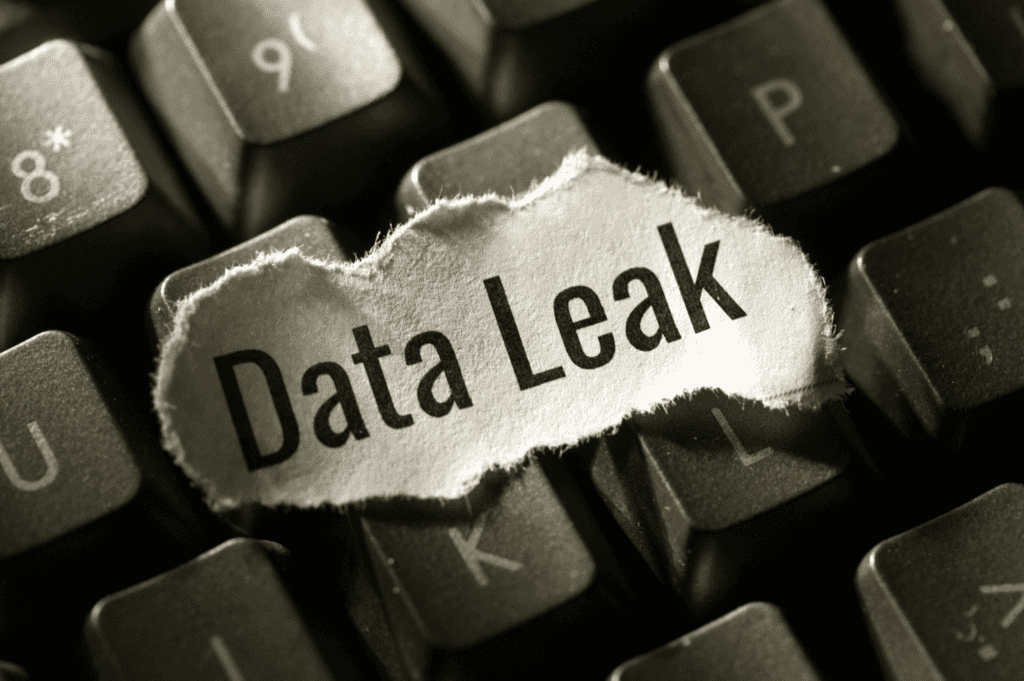Solutions
Data Masking
Safeguarding Sensitive Data Without Compromising On Speed and Quality
Data Masking is an essential technique for ensuring that sensitive information within a database is safeguarded, while still preserving the usability of data for authorized operations. Data masking focuses on protecting personally identifiable information (PII), financial details, and other confidential data, ensuring compliance with privacy regulations and internal governance policies. It involves a systematic approach to anonymizing and obfuscating data using strategies such as substitution, shuffling, or encryption. By transforming real data into fictitious yet realistic values, data masking ensures that sensitive information is not exposed during testing, analytics, or data sharing. Through this approach, organizations can balance data utility and security, enabling safer data handling across development, testing, and business processes.
Common data masking approaches include:
Static Data Masking (SDM): Involves creating a masked copy of the original data in non-production environments.
Dynamic Data Masking (DDM): Dynamically hides sensitive data at query time based on user roles or permissions without modifying the original database. Users only see masked values.
Do You Know?
These Common Sources of Data Leakage are Often Overlooked!

1. Non-Production Environments (Development, Testing, and Training)
Sensitive production data is often used in non-production environments, which typically lack the same security measures, making them a common source of data leaks.
2. Third-Party Access and Outsourcing
External vendors, consultants, or partners might need access to internal data. Without adequate protection, sensitive data can be inadvertently exposed.
3. Internal and Insider Threats
Legitimate users, such as employees or administrators, may accidentally or maliciously access and expose sensitive data that falls outside their business needs, putting confidential business data at risk.
What Can Data Masking Do For You?
01
Enhanced Data Security
Protects sensitive data by substituting it with masked values, minimizing risk in case of unauthorized access.
02
Compliance With Regulations
Helps meet privacy standards such as GDPR, PDPA by masking sensitive information fields.
03
Prevents Insider Threats
Limits the visibility of sensitive data, reducing the risk of accidental or intentional exposure by internal users.
04
Supports Secure Data Sharing
Enables safe use of data in development, testing, and analytics environments without revealing actual sensitive information.
Contact Us Now For A Demo!
Latest Posts
Building the Future of Insurance with Data: Insights from AAUI Event Workflow in Indonesia Event Recap
In today’s highly volatile insurance industry, one truth is becoming harder to ignore: data is everywhere, but it’s not always…
Why Many Malaysian Businesses Still Struggle with ROI from Digitalization (and How to Fix It)
Introduction Digitalization has become a critical priority in Malaysia. From SMEs to large enterprises, businesses are investing heavily in new…
Event Recap: Shaping the Future of Business with AI – INTIKOM LEADx 2025
On 19 August 2025, the Grand Ballroom of Shangri-La Jakarta came alive with energy as industry leaders, innovators, and technology…



